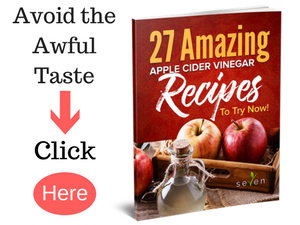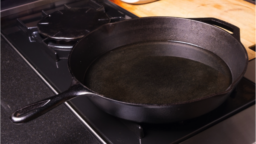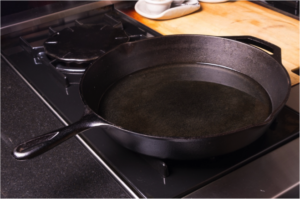Most people who own and regularly use cast iron can’t gush enough about it. You might wonder what all the hype is about cast iron, and you also might wonder why people are so legalistic about cleaning it.
The thing is, they’re really not so difficult to care for, at all, and no matter how much they wear or rust, it’s actually usually pretty easy to get them back in shape again, if you know what you’re doing.
The great news about cast iron is that if you use them regularly, you really don’t have to do very much at all to keep them conditioned.
I found this graphic recently on Pinterest, from Southern Living Magazine, that has the “11 commandments of cast iron”, and I think they’re great suggestions. I thought I’d share it with you guys so you can see that cast iron care is really not so complicated. These basic guidelines are sure to keep your cast iron in great shape, for many, many years. Enjoy:
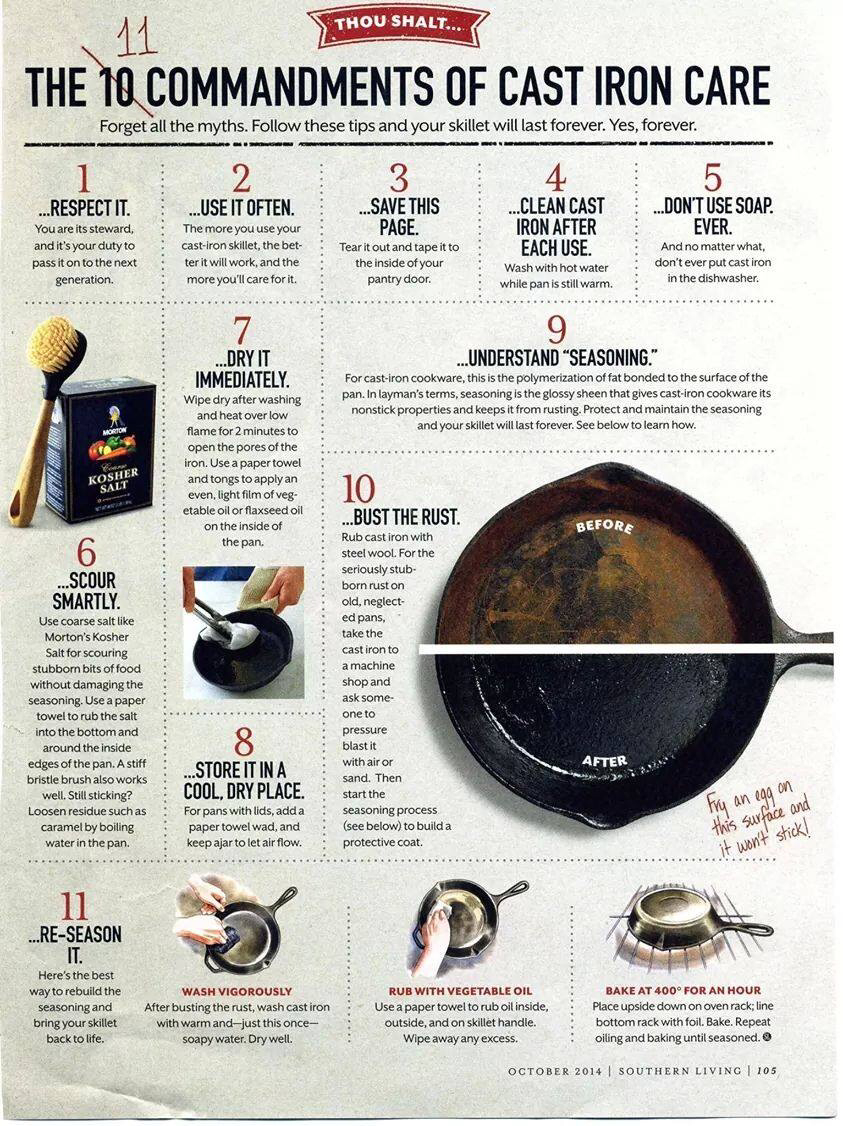
If you enjoyed this, you might also like….
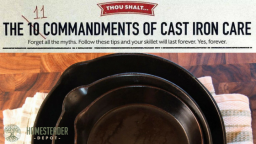

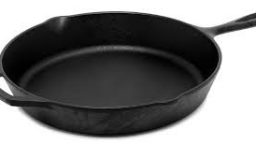
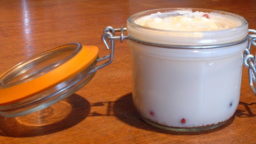
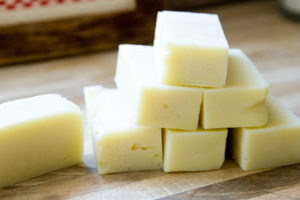 but, like making your own bread or canned products, also gives you a sense of control over what is going in your soap and knowing it’s safe. If you can get over the fear of working with lye, soap-making can be a blast, and odds are you won’t go back after you’ve tried it. Just make sure to follow basic safety precautions and you’ll be making all your family members homemade vanilla-lavender-coconut suds in no time!
but, like making your own bread or canned products, also gives you a sense of control over what is going in your soap and knowing it’s safe. If you can get over the fear of working with lye, soap-making can be a blast, and odds are you won’t go back after you’ve tried it. Just make sure to follow basic safety precautions and you’ll be making all your family members homemade vanilla-lavender-coconut suds in no time!
